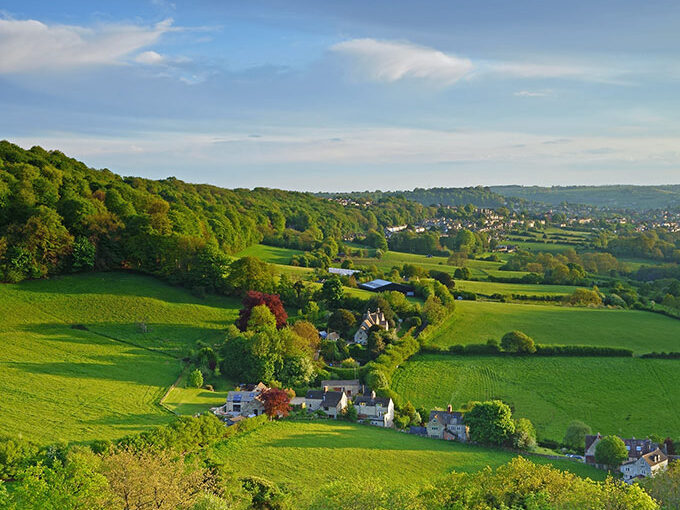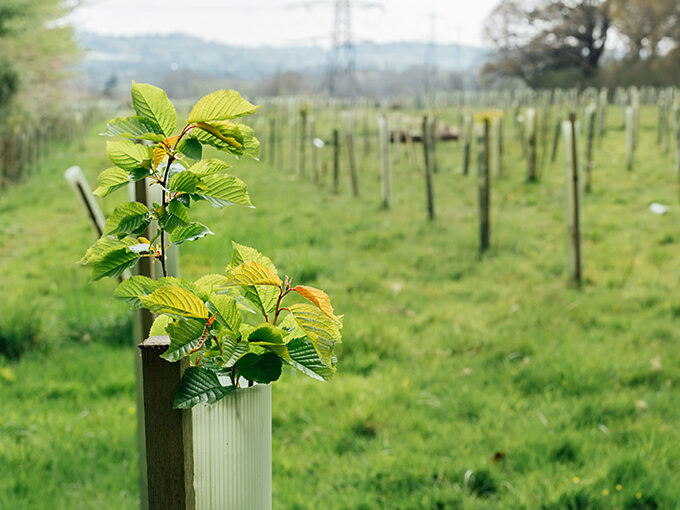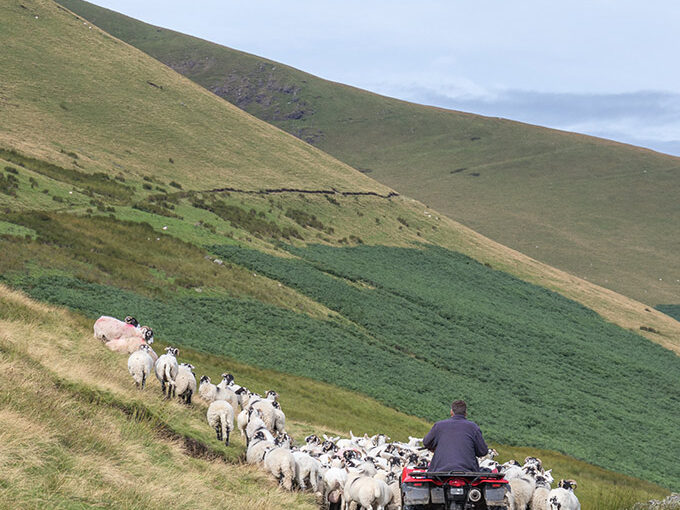The average UK farm could be faced with selling up to 23 acres (9 hectares) of land at the current market rate for the proceeds to cover the inheritance tax (IHT) that could be charged on the owner’s estate upon death, following restrictions to APR and BPR announced in the Budget.
With 209,000 farm holdings in the UK, this puts around 4.8 million acres of farmland at risk of being sold off, according to analysis by the top 15 accounting and business advisory firm Saffery LLP.
In her Budget last week, the Chancellor Rachel Reeves announced that from April 2026 the full 100% relief from IHT provided by APR and BPR will be restricted to the first £1mn of combined agricultural and business property. Above this, the relief will fall to 50%, meaning an effective IHT rate of 20% on all assets above £1mn.
The average market value of an acre of farmland in the UK in the first half of 2024 was £11,000, according to the estate agents Strutt & Parker. Multiplied by the average acreage of UK farms which is 203 acres (82 hectares), it suggests an indicative average market value of UK farms of £2,233,000, not including the farmhouse and any other farm buildings.
“Using this proxy for the average UK farm, assuming it was bequeathed by one individual, it would now trigger an Inheritance Tax charge of £246,600 thanks to the Chancellor’s restrictions to APR and BPR’ said David Chismon, partner and head of Land and Rural Business at Saffery. ‘This is assuming the tax-free allowance was used for the family home instead of the farm’s business assets, which is usually the case.”
“£246,600 is equivalent to the average value of around 23 acres of farmland on the open market, and sadly, many families with no other assets to draw on may feel they have no choice but to sell off a chunk of land like this to cover their IHT bills’, he added. ‘Apply this principle to all the farms in the UK and it could mean approximately 4.8 million acres are at risk of being sold off.”
For farms owned by two people, it may be possible to structure the farm’s business affairs to make use of both of their £1mn tax-free allowances for agricultural property inheritance.
In May, Saffery published its Succession Survey report 2024, a joint research project in conjunction with Historic Houses, which surveyed current and future owners of UK estates – 78% of which included farmland – about their succession plans. 48% of respondents said they would be supportive of diversifying their estate through a sale or joint venture for housing development, while only 4% said they would sell the estate to fund other business ventures or investments.
“Farmers are painfully aware that the more you chip away at your working agricultural land, the higher the risk that the farm becomes unsustainable as a business” said Chismon.
According to the survey, the most pressing fear that estate owners have once an estate has passed to the next generation is its long-term viability as a main driver of family income. The next most cited fear was heirs being forced into a sale of part or all of the estate – including in order to pay any IHT charge.
“APR was put in place to ensure farming businesses would not need to be split up and sold off to pay death duties when the farm was passed to the next generation. The Chancellor has put paid to this protection for many farmers whose farms may have previously survived intact for generations in the same family.”
Chismon added: ‘When we’re talking about farms valued in the millions, it’s easy to think we’re talking about the very wealthy, but the fact is even large farms often make very tight margins, enough to sustain the business and support the family, but not necessarily enough to build up a bank of cash to fund potentially six-figure IHT bills. Similarly, whilst £1m of relief may sound like a very generous figure to many, in the context of farmland this would only cover a very small farm, less than 100 acres, so the impact of this announcement will be felt by a wide range of farms, not just the very large ones
He concluded: “Crucially, it is never too early or too soon for families with rural estates to start thinking about succession planning. The new limits to APR and BPR further increase the potential advantages of lifetime succession as a means of minimising any IHT liabilities.”
Appendix
The figure quoted above for the average market value of an acre of farmland is based on valuations from the estate agents Strutt & Parker during the first six months of 2024 for arable land. It is likely that this figure pertains to farmland sold for continuing agricultural purposes and not for other purposes like property development (which may be valued differently).
The indicative IHT charge quoted above, £246,600, is equivalent to the current market value of 22.4 acres of arable land at £11,000 per acre. This has been rounded up to the nearest whole acre above (i.e. 23 acres) so that the sale value would in theory cover the full £246,600 liability.
Contact Us
Partner, Bournemouth
Key experience










